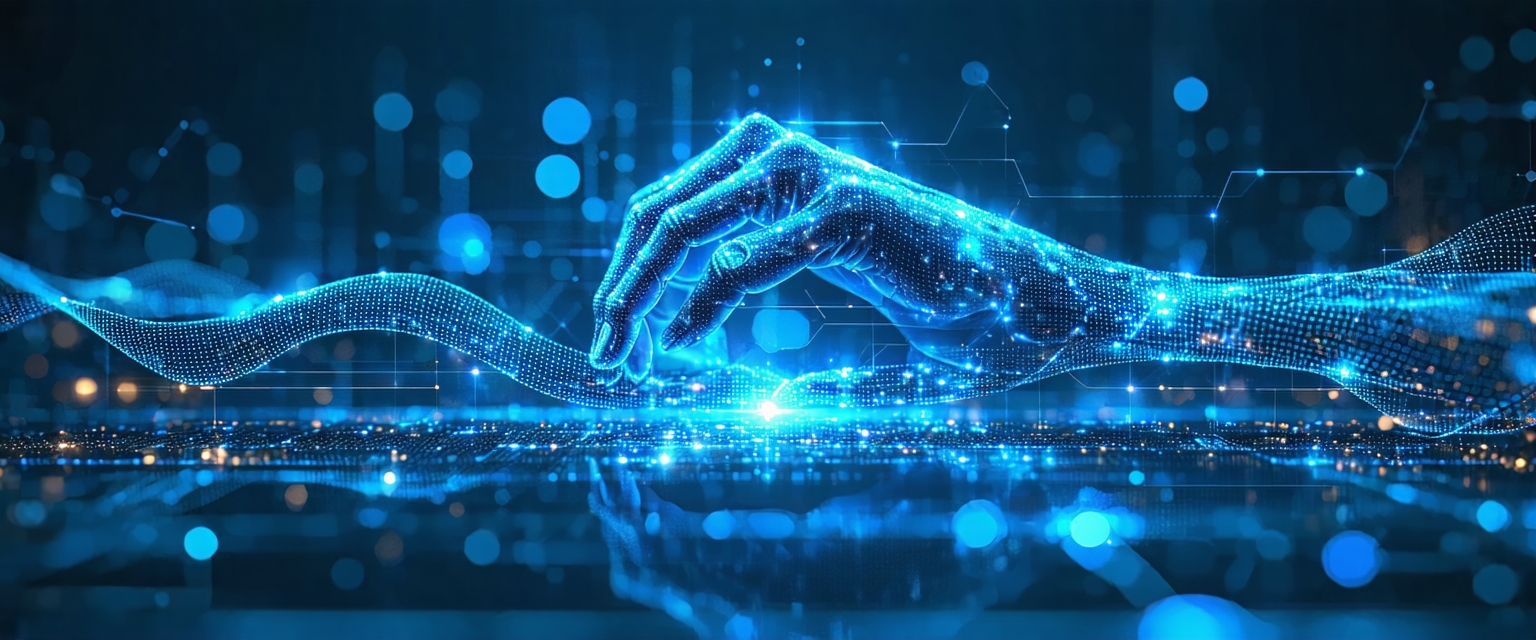






Recent advancements in deep learning, specifically within natural language processing (NLP), have yielded significant improvements in AI’s ability to understand and generate human language. These developments hold vast implications for numerous industries and applications.
Deep learning models, particularly transformer-based architectures like GPT-3 and its successors, have revolutionized NLP. These models excel at tasks such as text generation, translation, and question answering by leveraging vast datasets and sophisticated training techniques. However, challenges remain, including computational cost, biases in training data, and the need for improved explainability.
Recent research focuses on enhancing the efficiency and capabilities of these models. This includes developing more efficient training algorithms, exploring alternative architectures that require less computational power, and incorporating techniques to address biases present in training data. Progress is also being made in developing models that can better reason and understand context, moving beyond simple pattern matching.
Furthermore, the integration of deep learning with other AI techniques, such as knowledge graphs, is showing promise in creating more robust and knowledgeable AI systems. This allows for improved factual accuracy and reasoning capabilities in NLP tasks.
These advancements have immediate and far-reaching impacts across various sectors. In healthcare, improved NLP enables faster and more accurate diagnosis support. In finance, AI-powered systems can enhance fraud detection and risk assessment. Furthermore, advancements in conversational AI are transforming customer service and creating more engaging user experiences.
Future research will likely concentrate on creating even more efficient and powerful models, while simultaneously focusing on addressing ethical considerations and ensuring responsible AI development. The exploration of multimodal learning – combining text with images, audio, and video – holds immense potential for creating truly intelligent systems. This interdisciplinary approach promises to unlock new levels of understanding and application.